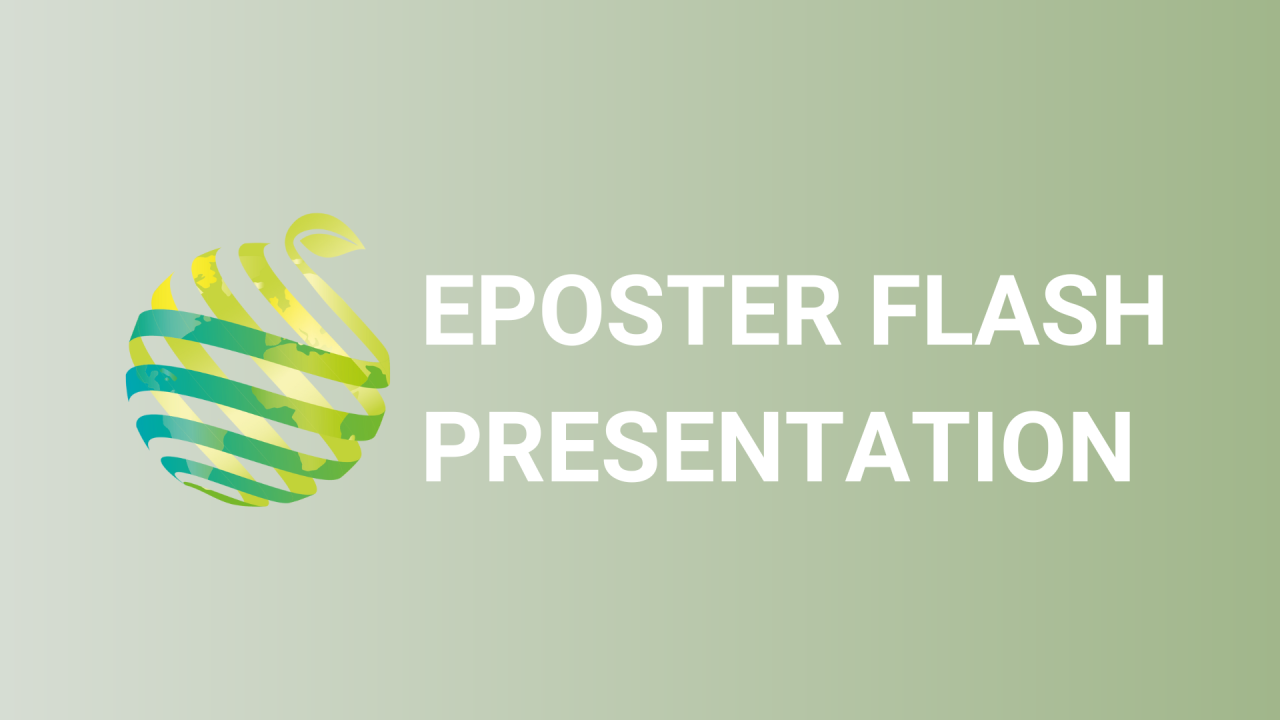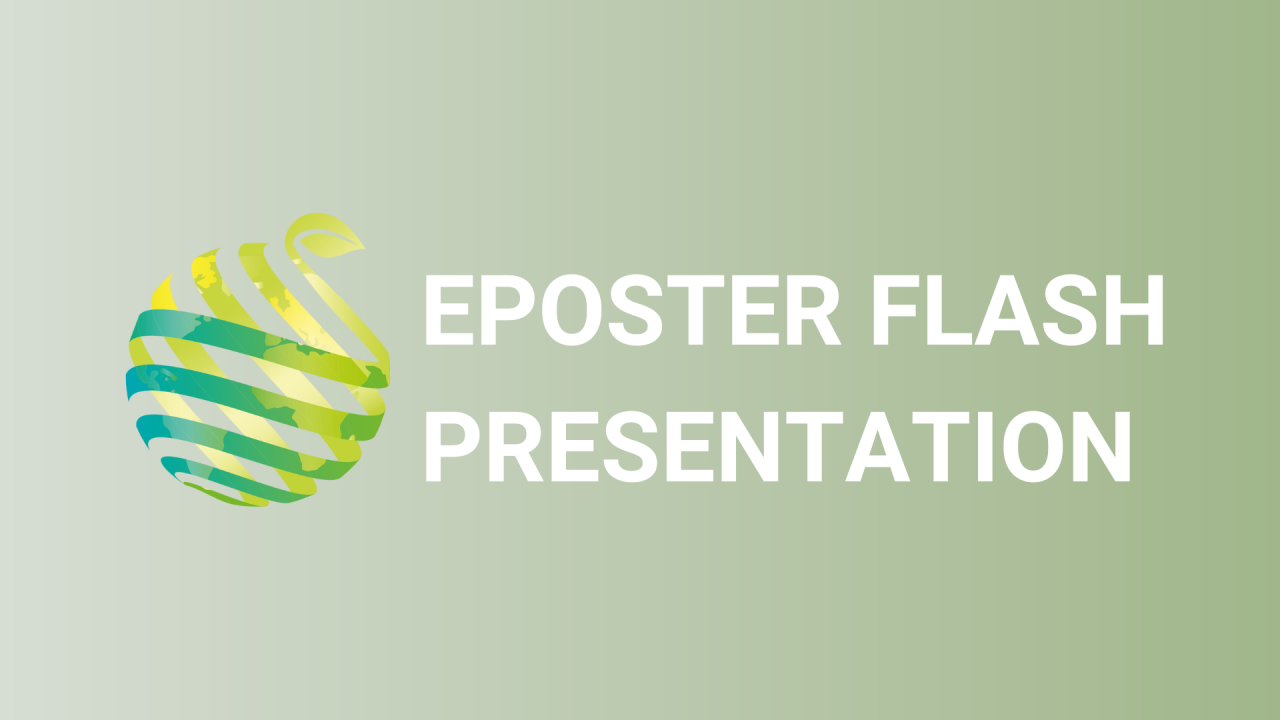

S06 - Session P7 - Supplemental LED lightning in high-wire system cultivation in cucumber: What is the benefit of inter-lighting on production?
Information
Authors: Landry Rossdeutsch *, Adrien Mimault, Denis Loda, Irène Gerondeau
High-wire training system in cucumber production widely spreads in European commercial greenhouses. Optimization of plant architecture benefits to high plantation density and thus improves yield, reduces waste, and facilitates pest management although a significant increase of labor is needed. Mitigation of cost balance can be performed by a modification of production calendar to profit to highest selling prices using supplemental lightning. Because of large leaf area, basal plant part is prone to shading in high-wire cucumber training and inter-lightning is widely used among producers. This light placed within the crop canopy takes the advantageous of low bulb temperature of light emitting diodes (LEDs) technology while significantly increased lightning cost. Its impact on crop production is still in debate because of season/natural light conditions, installed light quantity and quality, and diversified light control in literature. To decipher advantages provided by LED inter-lighting, two years of experiment with two five-month crops each were conducted inside a 312 m² heated glasshouse. Fruits were harvested three times a week and plants were measured (growth, leaf area, stem diameter, bearing fruits) once a week. Two full LED lightning systems were installed to compare different vertical light distribution: TOP system provided a light intensity of 210 µmolPAR.m - ².s -1 from the top of the canopy, while TOP+INTER system provided a light intensity of 135 µmolPAR.m - ².s -1 from the top of the canopy and 75 µmolPAR.m - ².s -1 within the canopy. During winter seasons, yield and harvest fruit number were not significantly different between installed systems demonstrating that inter-lighting is not required for high production performance. During summer seasons, results varied between years but using inter-lighting improved harvest yield by 18% during the first year of experiment. Lower electric consumption of inter-lightning, and ability to control both light levels independently favored the use of inter-lightning solution in commercial high-wire cucumber production.